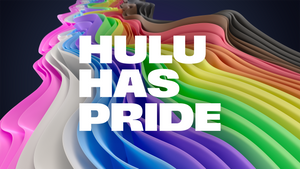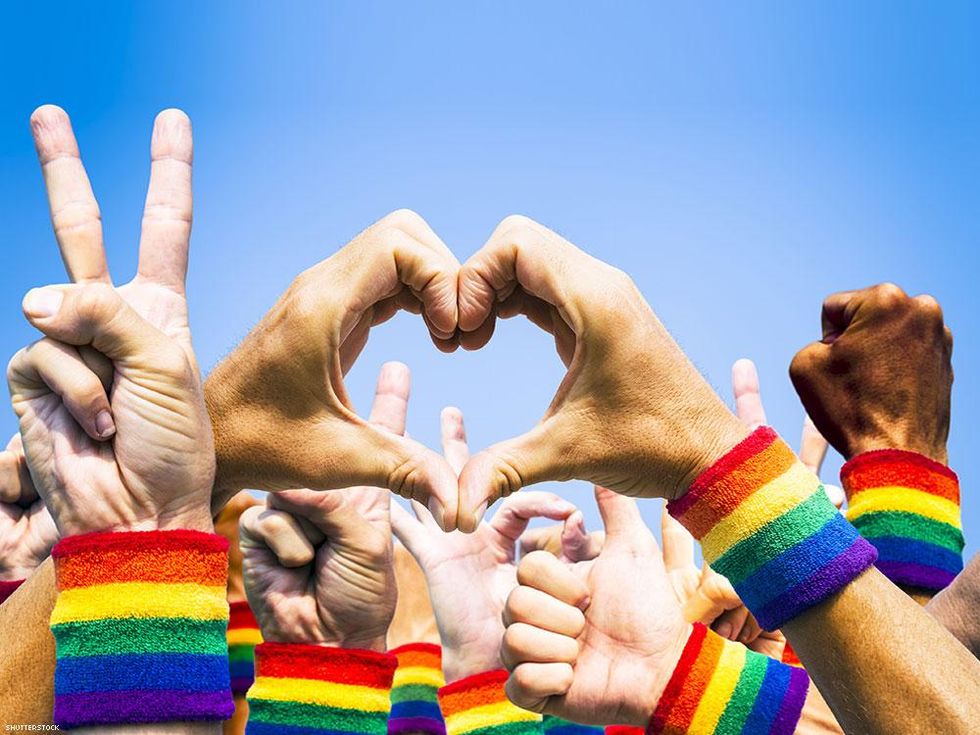If you haven’t noticed yet, sexual identity is diverse and encompasses a wide range of preferences and behaviors.
One emerging and often misunderstood identity is solosexuality, which refers to individuals who prefer or exclusively engage in masturbation over partnered sexual activities. For many solosexuals, this preference forms an integral part of their sexual identity.
Despite its growing visibility, solosexuality is still frequently misunderstood and stigmatized. Let’s take a look at the concept behind solosexuality, its origins, common misconceptions, and its growing prominence as a recognized identity.
What is solosexuality?

PeopleImages.com - Yuri A/Shutterstock
Solosexuality describes individuals who have a strong or exclusive preference for masturbation over other forms of sexual activity. For solosexuals, masturbation is not merely a substitute for partnered sex but a deeply satisfying and fulfilling practice.
Although it may seem like it, solosexuality isn't the exact same thing as asexuality, but instead is a branch of it. Solosexuals may still participate in romantic relationships and maintain emotional bonds. Those who identify as solosexual may still desire emotional connections with others while preferring masturbation as their primary mode of sexual expression.
This also doesn't mean that solosexuality is inherently linked with a lack of desire for intimacy. Many solosexuals maintain close friendships and other meaningful relationships while meeting their sexual needs through masturbation.
The origin and evolution of the term

Volodymyr Tverdokhlib/Shutterstock
While masturbation has always been a part of human sexuality, the recognition of solosexuality as a distinct identity has only recently gained prominence. The term "solosexual" has been in use since the late 1990s, though, like many recent terms for varying sexualities, it started gaining traction in the 2010s after communities formed on places like Reddit and BateWorld. This brought the conversation into the mainstream and gave a safe space for solosexuals to explore and connect with likeminded people.
The cultural acceptance of solosexuality also grew as people steadily became more open about their sexual preferences. Over the last decade or so especially, the breakdown of taboos around masturbation and increased acceptance of diverse sexual identities has given solosexuals an avenue to express their identity and form communities, both online and in real-life settings like masturbation clubs in major cities.

The Solosexual Pride / Bator Pride Flag designed by and courtesy of MisterB8r
The community has also grown over the years as far as how they outwardly represent themselves, as well. They had a flag from pretty early on, but the community came together to create the flag in the first half of 2024, ultimately landing on one that represented masculinity (blue), virility (red), and the hanky code color for masturbation (white), with the five stripes representing the five fingers of a hand.
However, like any other growing form of identity, solosexuality continues to battle stigma despite these advances, especially since a large populaion in the mainstream often regards masturbation as inferior to partnered sexual experiences.
Solosexuality vs. pornosexuality

PeopleImages.com - Yuri A/Shutterstock
Solosexuality is also often discussed alongside pornosexuality, but it's important to note their differences.
Where solosexuals prefer masturbation, pornosexuals are individuals whose primary sexual attraction is directed toward pornography. Although there is overlap between solosexuals and pornosexuals, not all solosexuals rely on pornography for arousal.
In fact, a number of solosexuals prefer internal fantasies, their partner, or even imagery of themselves as sources of sexual stimulation instead. Some solosexuals do not engage with pornography at all, as they view their sexual experiences as deeply personal and rooted in self-pleasure.
In some cases, solosexuals may also identify as autosexul, or individuals sexually attracted to themselves. Masturbation serves as an intimate act for these individuals and fosters a unique connection with their own body, distinct from partnered sexual interactions.
Misconceptions around solosexuality

StockLite.com/Shutterstock
One of the significant challenges that solosexuals face is the widespread belief that masturbation is a lesser or temporary form of sexual expression, viewed as inferior to partnered sex. They also face the stigma that their solosexuality is linked to unresolved trauma or social dysfunction. In national sex therapy discussions, some professionals have debated whether solosexuality is an intimacy-avoidant behavior stemming from early-life trauma or a legitimate sexual orientation in its own right.
The notion that solosexuals are intimacy-avoidant or traumatized has been echoed in some clinical perspectives, but this is not universally applicable. While it is true that some individuals may identify as solosexual due to anxiety about intimacy or attachment difficulties, others are simply more comfortable and happier with solo sexual behaviors. Sex and intimacy specialists also note that many solosexuals are genuinely content and do not exhibit any psychological issues.
I think I might be solosexual -- what do I do?

ArtofPhotos/Shutterstock
Due to the growing visibility of solosexuality, it won't take you long to figure out you're not alone and there are plenty of online communities to embrace you without judgment.
That said, despite its gaining traction, solosexuality still remains a largely misunderstood identity, so be ready. Most of the confusion stems from the fact that solosexuality intersects with other sexual and romantic identities in various ways. Some solosexuals may be aromantic, meaning they do not experience romantic attraction, while others are in committed relationships but prefer solo sexual activities over partnered sex.
Additionally, some solosexuals view masturbation as a communal activity. They may participate in group masturbation or engage in settings dedicated to prolonged solo sexual experiences, such as “gooning”—a kink that involves extended ecstatic masturbation sessions. Communal aspects demonstrate that solosexuality does not always mean isolation or a lack of connection with others.
How to support your solosexual friends

Maya Lab/Shutterstock
Solosexuality, like other sexual orientations, is a valid expression of human sexuality. Though aspects of it may be debated in a professional space, it is clear that many solosexuals view their preference as an essential part of their identity. For these individuals, masturbation is not simply a means to an end; it is an intimate, self-affirming act that brings connection and satisfaction.
If you find yourself on the end of judgment around solosexual individuals, just remember that they're content with their sexual identity, and they find emotional intimacy through friendships and family relationships while meeting their sexual needs through solo pleasure.


























































 A couple kisses in the middle of the street during the Christopher Street Day ; Men seen kissing during the 2023 Pride Barcelona Parade.Yerchak Yauhen/SOPA Images/LightRocket via Getty Images; imone Boccaccio/SOPA Images/LightRocket via Getty Images
A couple kisses in the middle of the street during the Christopher Street Day ; Men seen kissing during the 2023 Pride Barcelona Parade.Yerchak Yauhen/SOPA Images/LightRocket via Getty Images; imone Boccaccio/SOPA Images/LightRocket via Getty Images





























